3D Printing In Space: A New Dimension (Photo Gallery)
3-D Printing Device Could Build Moon Base from Lunar Dust
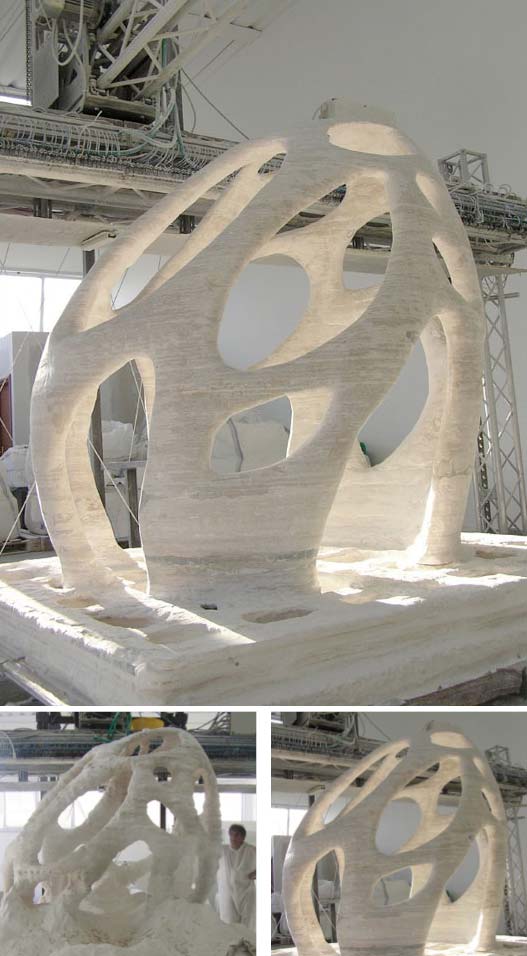
This 6-foot-tall (2 meter) gazebo was built with D-shape 3-D printing technology. The monolithic sandstone structure was made of about 200 thin layers and is shown unfinished (left) and after a week of finishing by hand. It was designed to look like a micro-organism called Radiolaria. The structure in the background, overhead, is the printing device.
Lunar Base With Earthrise
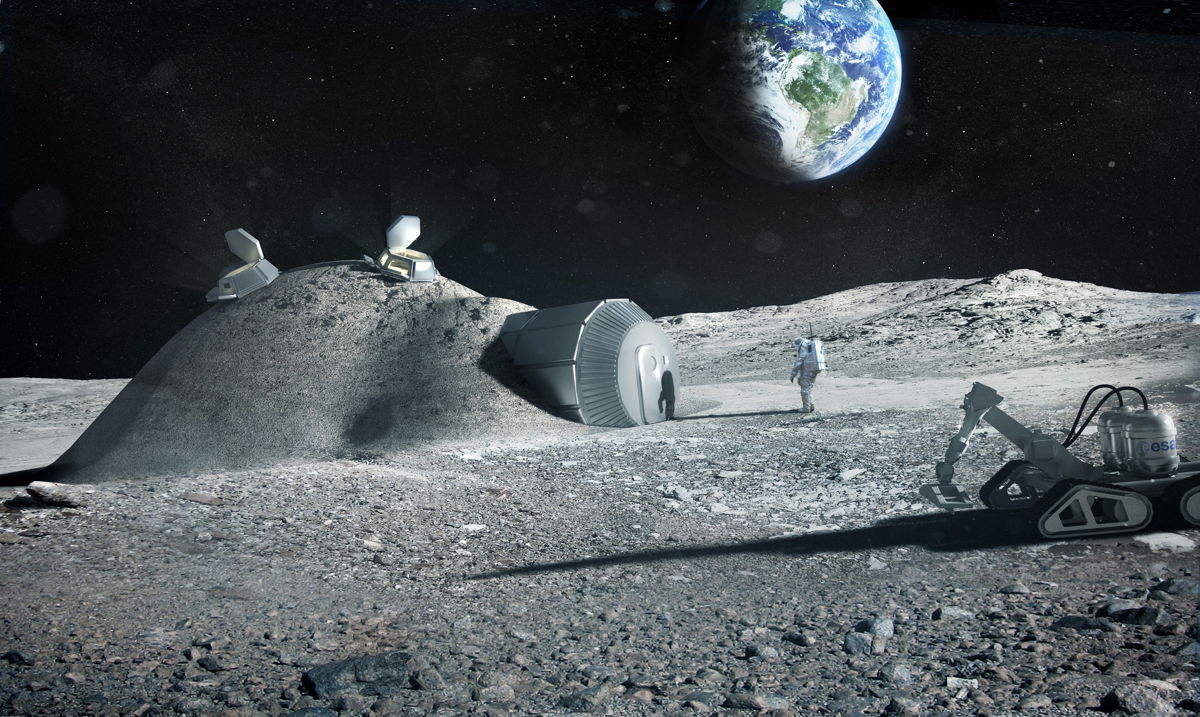
An artist's illustration of what a base on the moon might look like. The European Space Agency is investigating the possibility of 3D printing lunar habitats.
Monolite D-Shape Printer for ESA's Lunar Base
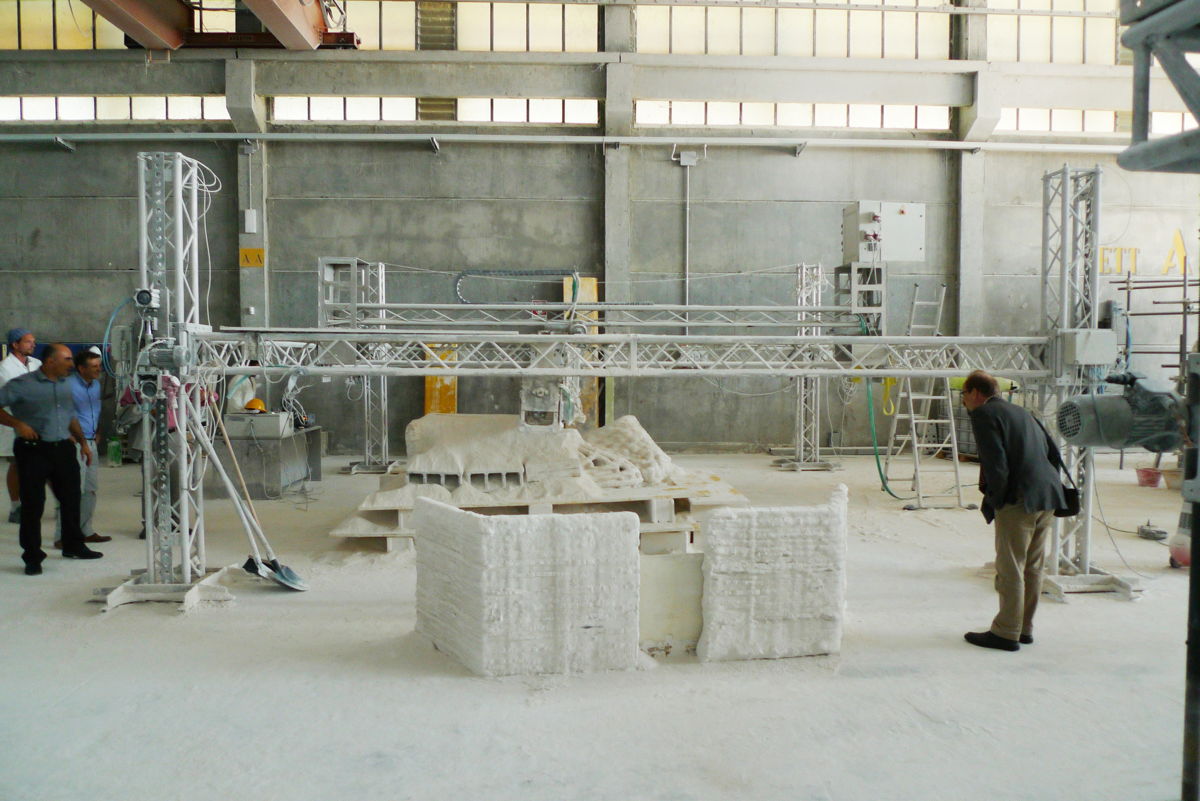
ESA and partners used this 3D printer to print a piece of the possible lunar home.
Mosaic of the Lunar South Pole
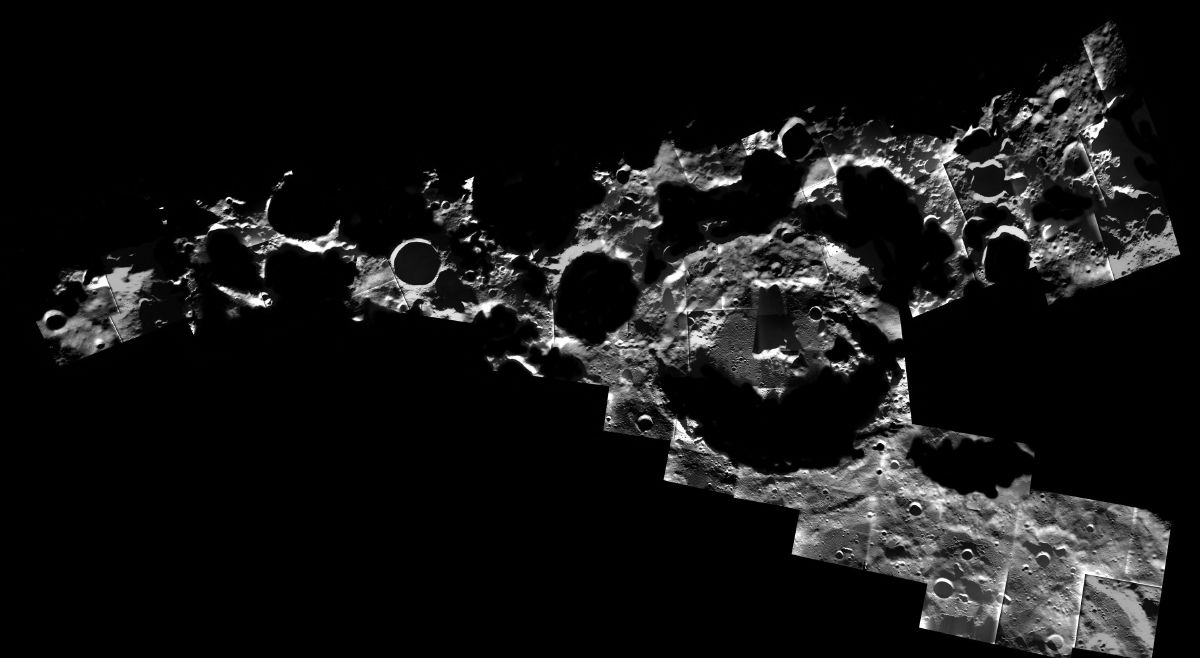
The European Space Agency and a consortium of industry professionals investigated the feasibility of using 3D printing to build a lunar base.
1.5 Metric Ton Building Block
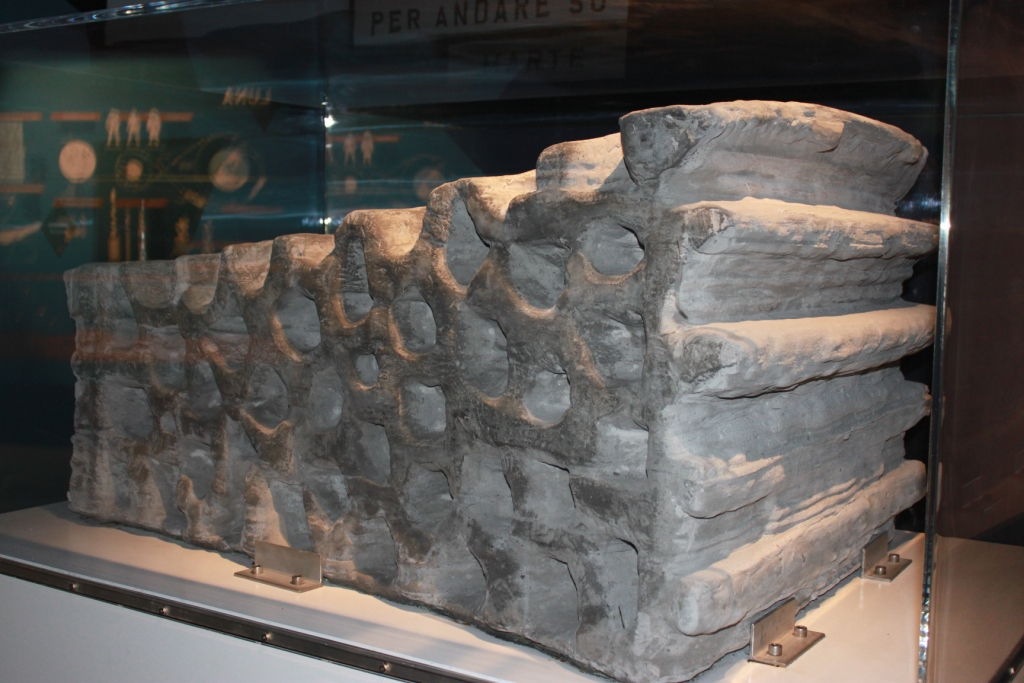
This 2,205 pound (1,000 kilograms)test-print is made from simulated lunar dirt and resembles a cross section of what the lunar home could look like.
3D Printed AMAZE Program Logo
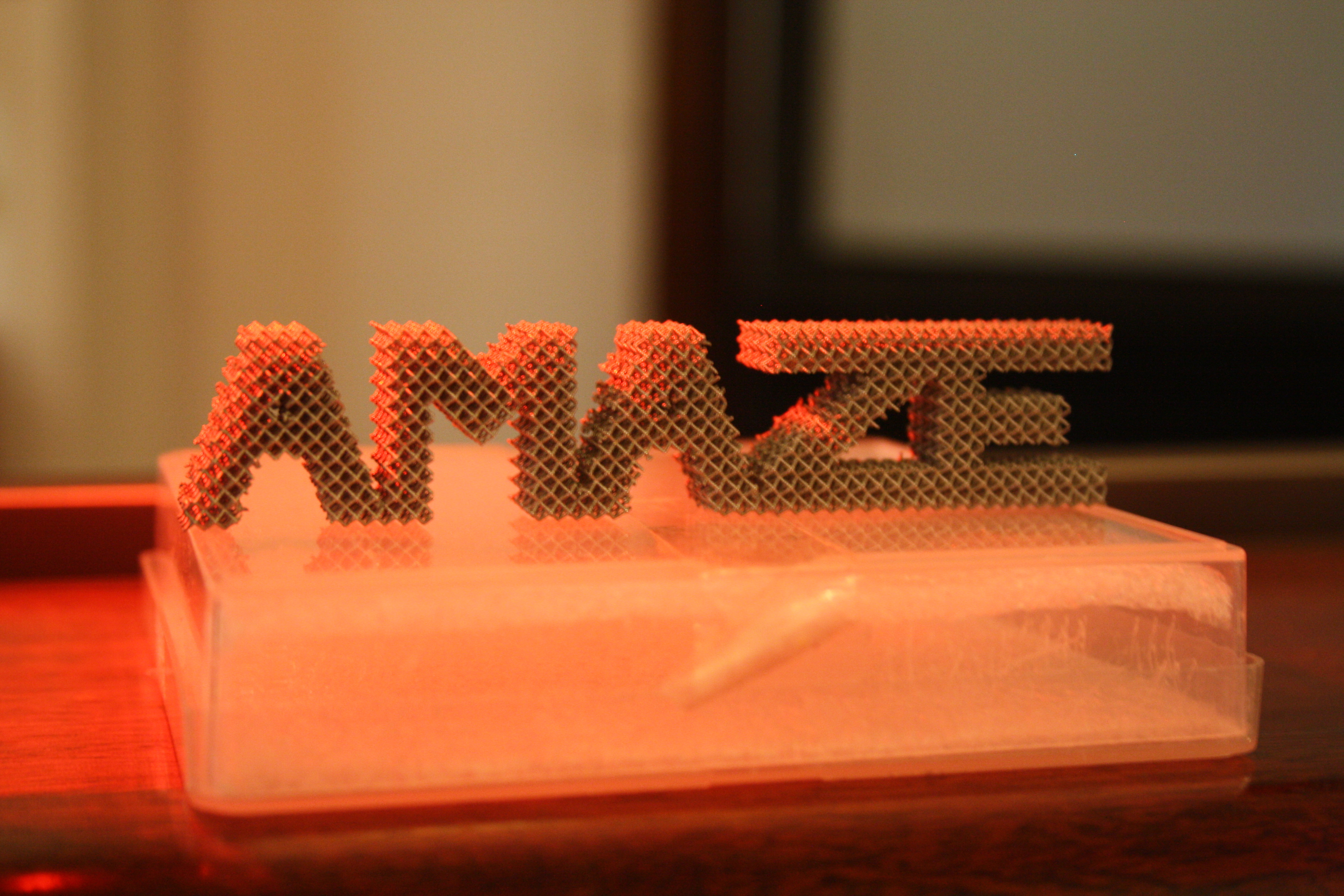
Pieces like the example in this photo were shown in the London Science Museum, UK, on Oct. 15 where international experts presented the world’s largest metal 3D-printing project, lead by ESA and the EU. AMAZE – Additive Manufacturing Aiming Towards Zero Waste & Efficient Production of High-Tech Metal Products – involves 28 industrial partners across Europe. 3D printing builds a solid object from a series of layers, each one printed on top of the last. This ‘additive manufacturing’ technique produces very complex structures with minimal waste and maximum flexibility.
3D Printing Project Participant Amazed at Press Event
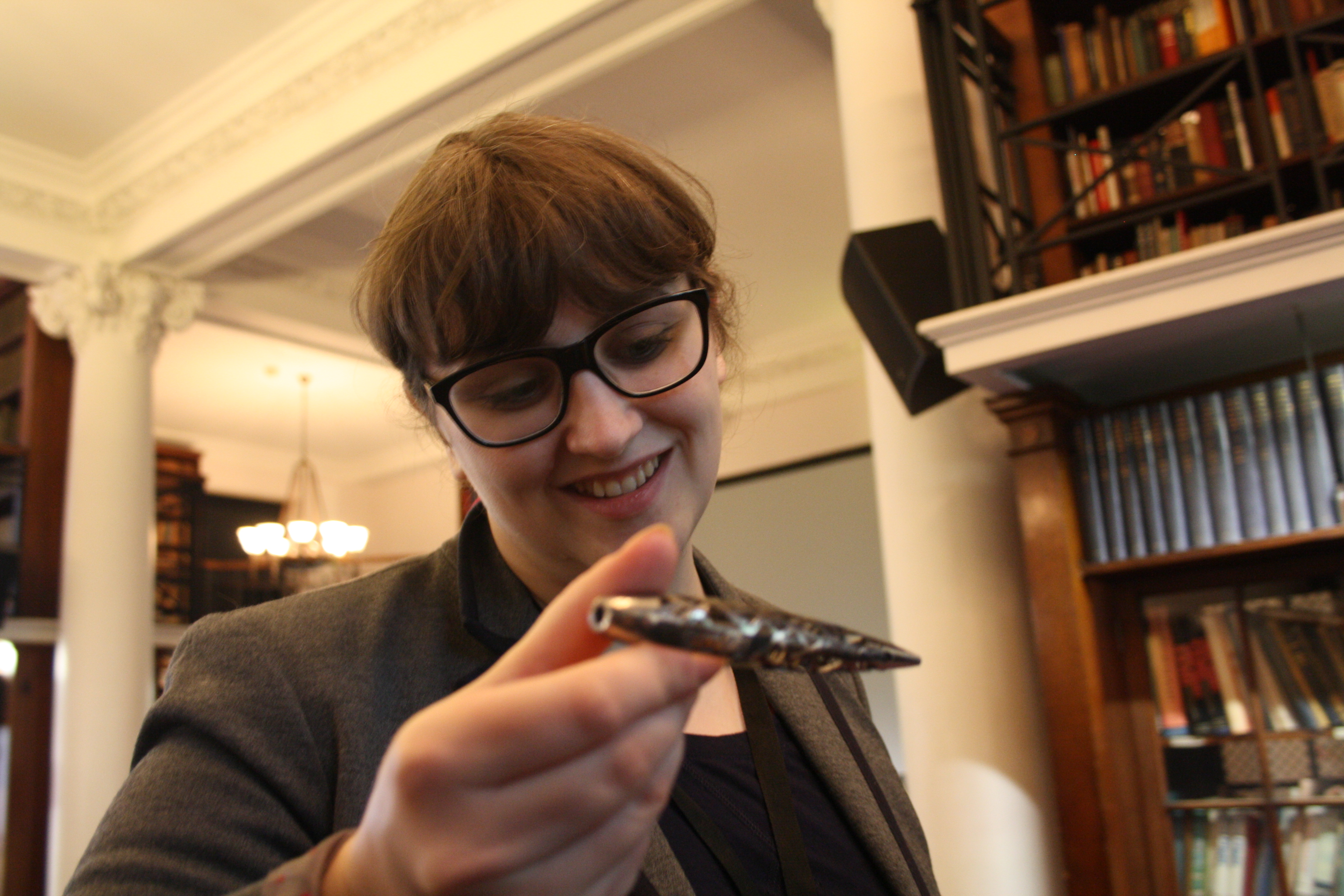
ESA and the European Commission have embarked on a project to perfect the printing of space-quality metal components. The AMAZE project – Additive Manufacturing Aiming Towards Zero Waste and Efficient Production of High-Tech Metal Products – involves 28 industrial partners across Europe.
Get the Space.com Newsletter
Breaking space news, the latest updates on rocket launches, skywatching events and more!
3D Printed Item at ESA’s AMAZE Press Event
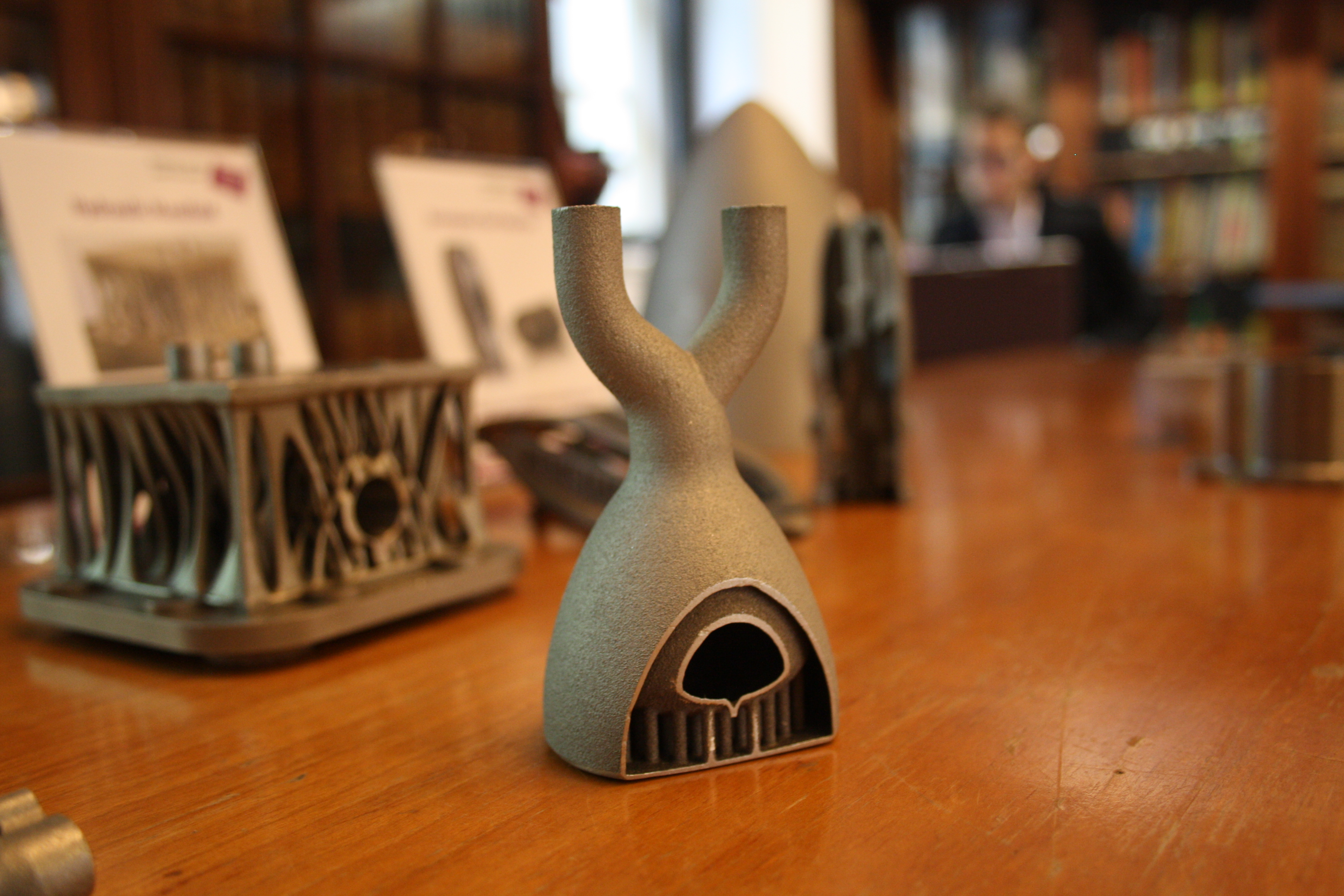
Pieces like the example in this photo were shown in the London Science Museum, UK, on Oct. 15 where international experts presented the world’s largest metal 3D-printing project, lead by ESA and the EU. AMAZE – Additive Manufacturing Aiming Towards Zero Waste & Efficient Production of High-Tech Metal Products – involves 28 industrial partners across Europe. 3D printing builds a solid object from a series of layers, each one printed on top of the last. This ‘additive manufacturing’ technique produces very complex structures with minimal waste and maximum flexibility.
AMAZE Participant Eyes 3D-Printed Piece
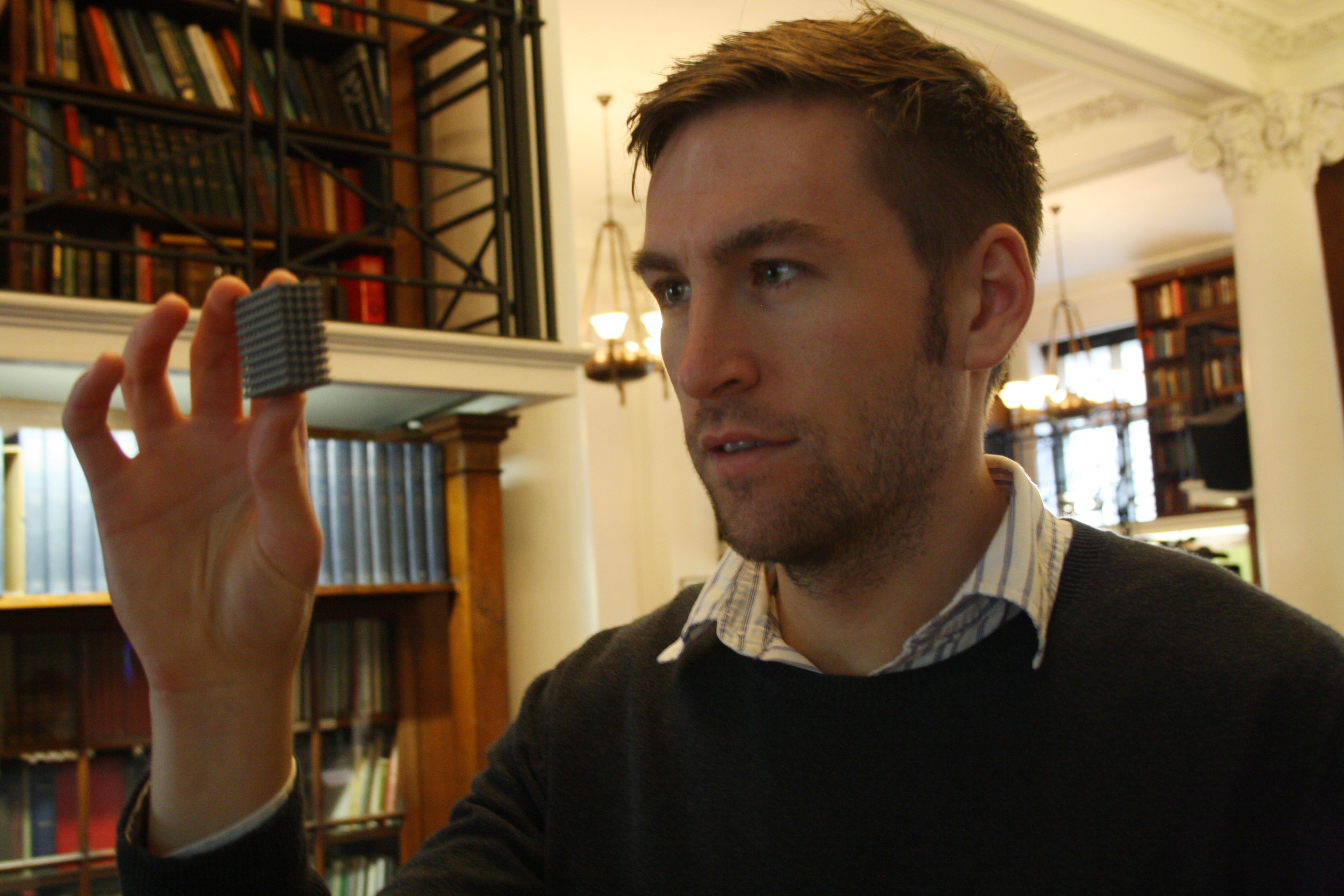
A participant observes a 3D printed metallic object at a press conference at the London Science Museum, UK, Oct. 15 where an international panel of experts presented the world’s largest metal 3D printing project lead by ESA and the European Union. The AMAZE project – Additive Manufacturing Aiming Towards Zero Waste and Efficient Production of High-Tech Metal Products – involves 28 industrial partners across Europe.
3D Printed AMAZE Logo
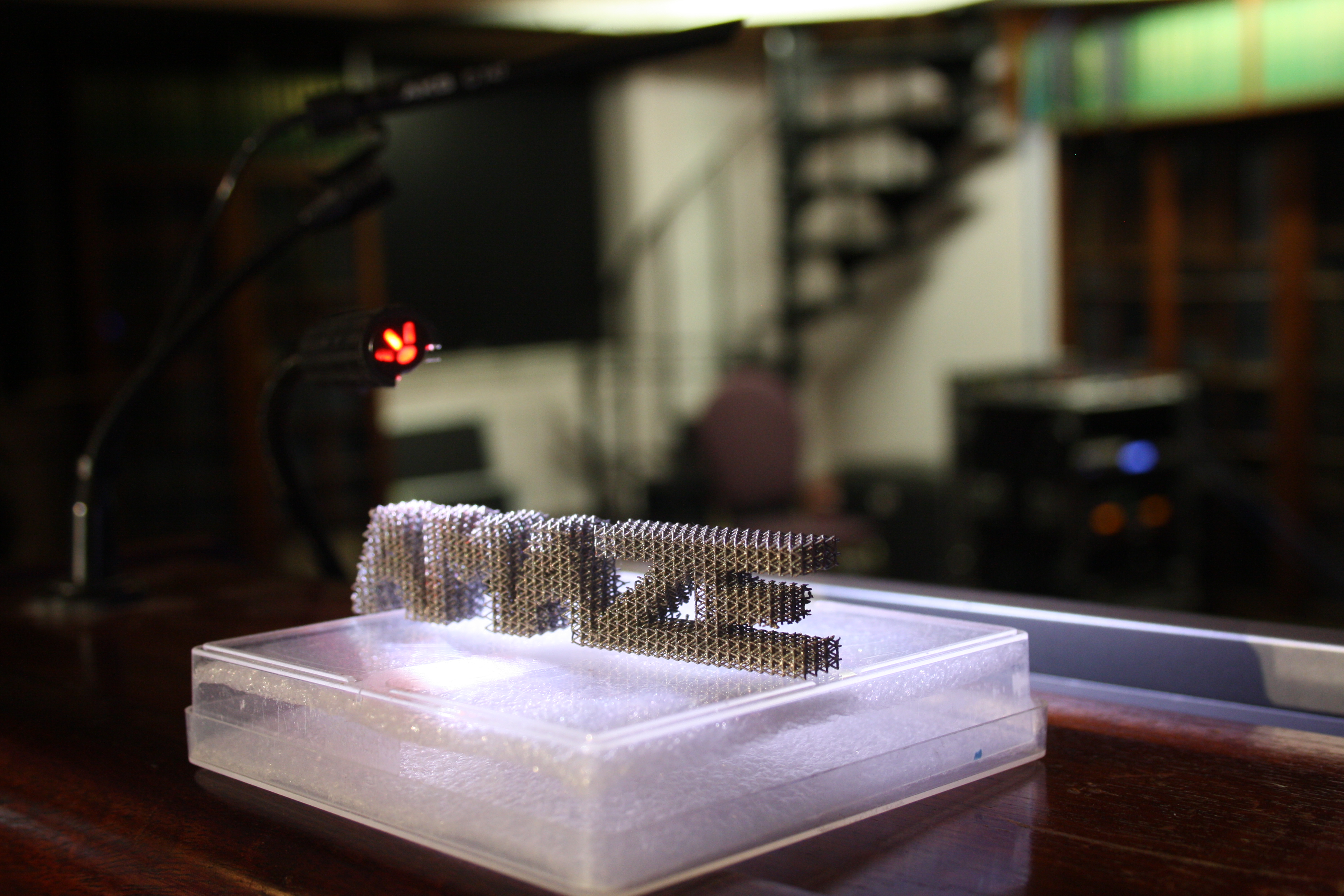
Pieces like the example in this photo were shown in the London Science Museum, UK, on Oct. 15 where international experts presented the world’s largest metal 3D-printing project, lead by ESA and the EU. AMAZE – Additive Manufacturing Aiming Towards Zero Waste and Efficient Production of High-Tech Metal Products – involves 28 industrial partners across Europe. 3D printing builds a solid object from a series of layers, each one printed on top of the last. This ‘additive manufacturing’ technique produces very complex structures with minimal waste and maximum flexibility.
Join our Space Forums to keep talking space on the latest missions, night sky and more! And if you have a news tip, correction or comment, let us know at: community@space.com.

Space.com is the premier source of space exploration, innovation and astronomy news, chronicling (and celebrating) humanity's ongoing expansion across the final frontier. Originally founded in 1999, Space.com is, and always has been, the passion of writers and editors who are space fans and also trained journalists. Our current news team consists of Editor-in-Chief Tariq Malik; Editor Hanneke Weitering, Senior Space Writer Mike Wall; Senior Writer Meghan Bartels; Senior Writer Chelsea Gohd, Senior Writer Tereza Pultarova and Staff Writer Alexander Cox, focusing on e-commerce. Senior Producer Steve Spaleta oversees our space videos, with Diana Whitcroft as our Social Media Editor.









